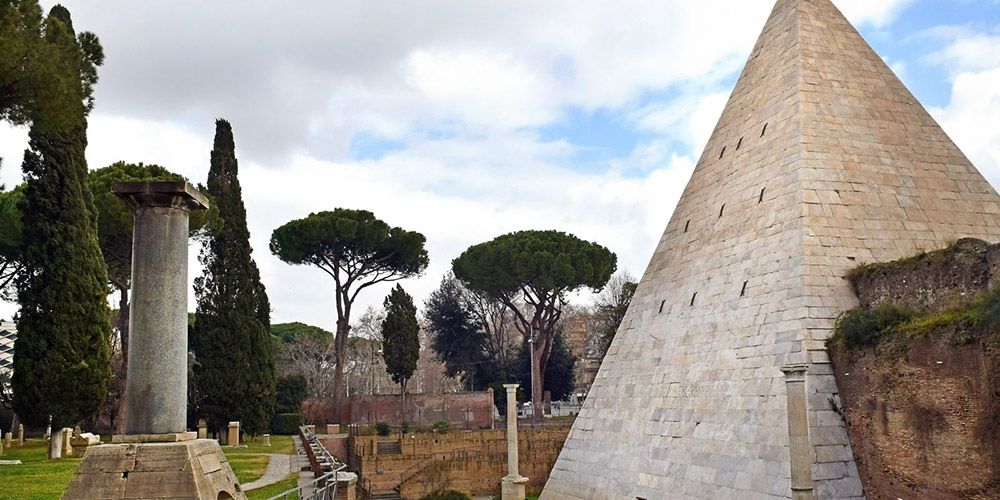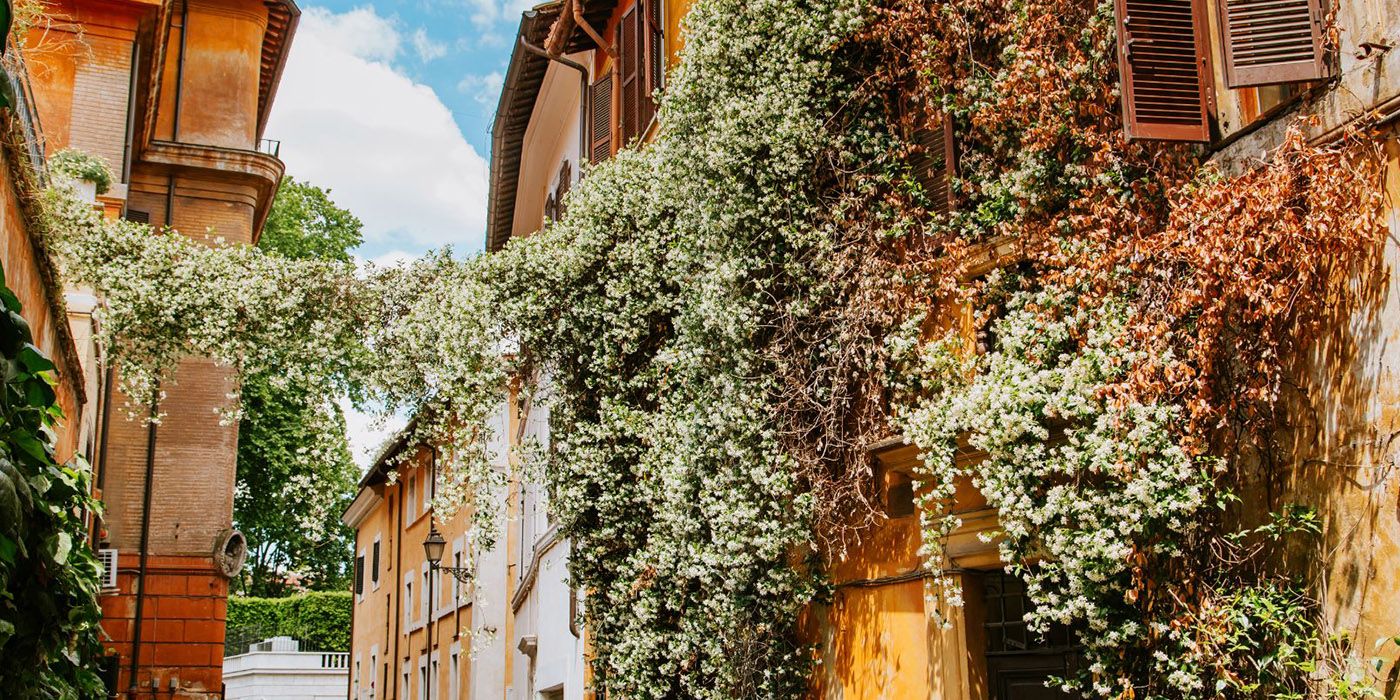In big cities, so rich in history and culture like Rome, it is easy to miss hidden corners. These are places that have the advantage of being less frequented than the more common destinations, but perhaps more than those they can offer you an authentic glimpse of the city. In this article we will accompany you in search of 5 hidden gems of Rome.
Unusual, sometimes mysterious, romantic places, which hold curious and exciting stories, rare and not token places that have remained in the hearts of artists and great men who have visited and loved them, these are the secret places of Rome. Visiting these authentic corners of the capital can become a pleasant opportunity to get to know the neighborhoods in which they are located, and why not immerse yourself a little in the life of that area and discover a typical pizzeria or a café frequented only by Romans. Let's go!

Hidden Rome: 5 offbeat Corners You Need to Know
Do you want to know the hidden Rome? The unusual Rome, far from the most popular tourist routes? Come with us to discover 5 hidden gems, we will tell you how to reach them and why they go unnoticed. The advantage of discovering these unusual corners is that of finally finding yourself face to face with the real Rome, mixing with the locals, discovering new areas, generally overlooked by tourists and why not having the pleasure of not seeing crowds and not queuing.
We will go from the mysterious secrets preserved in an ancient Basilica, to the Villa that consecrated the love of the great Raphael for his muse, we will find ourselves in a beautiful monumental cemetery, a place of meditation and inspiration at the foot of the Pyramid of Cestius where great English poets such as Keats and Shelly rest, and then move on to one of the most typical neighborhoods of the capital to finally walk into the ghetto with its culinary specialties and architectural curiosities. Often tourists do not notice these jewels because even though they are close to major attractions they are hidden in the many alleys and streets that make up Rome, too difficult to reach by Pullman due to parking and with the risk, even if you managed to, of losing some of the visitors.

5. The Temple of Mithras in the ancient Basilica of San Clemente
A few steps from the Colosseum, hidden by the fame of the great Flavian amphitheater, stands an ancient church: it is the Basilica of San Clemente, a stratified church inside which you can truly travel through time. At street level, a 12th-century Basilica will open up before you, shining with magnificent mosaics, but going down below the current church there is another level, you will find a 4th-century church, which contains some of the most beautiful medieval frescoes in the world.
But the real surprise is the even lower level, dating back to the 1st century AD and here you will find an ancient Mithraeum, inspired by the Persian cult of the sun god Mithras, this ancient Mithraeum is one of the best preserved in the world, around you you will see various depictions of Mithras. This was a mystery religion, and only the initiated who were allowed to participate in the sacrifice of the bull had access here. Most tourists miss out on visiting this unusual place, getting there is very simple, from the Colosseum you take Via di San Giovanni in Laterano and follow it to Piazza San Clemente. The church is located in a central area, you can lose sight of it thanks to the numerous buildings built nearby. In the surrounding streets you will discover pizzerias and wine bars, as well as the Oppian Hill opposite, where the Domus Aurea, Nero's villa, stands. Discovering this hidden gem will allow you to get to know the neighborhood that is usually overlooked thanks to the much more famous Colosseum.
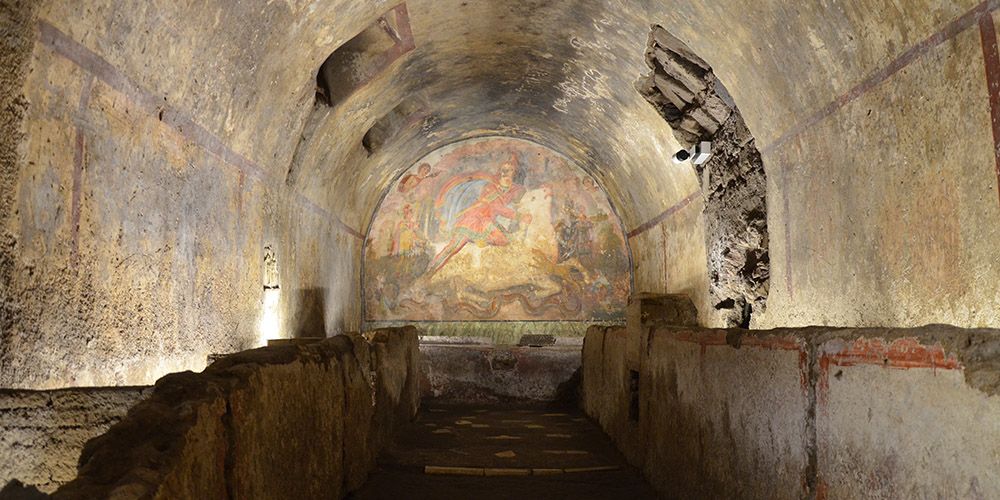
4. Monti District: the trendiest neighborhood in Rome
If from the large Via dei Fori Imperiali, take Via Cavour and continue walking until halfway down the street, on the left hidden from the hustle and bustle of the main road you will find a hidden gem, a neighborhood full of personality, full of bistros, bars, restaurants, bookshops and trendy shops, we are in the Monti District.
It is a young neighborhood, and can be a suggestive idea for an aperitif perhaps after the long walk inside the nearby Roman Forum, usually tourists stop on its edges in one of the many restaurants on Via Cavour, rarely do they walk inside it. In Via del Boschetto, a very characteristic street with ivy hanging from the houses, you will find various vintage clothing boutiques based on slow fashion. This can represent a new way to discover Rome, get away from the beaten track and get lost in a typical neighborhood. one of those things to do in Rome away from tourists.

3. Secret spots of Rome: Villa Farnesina
We pass through one of the most famous neighborhoods of the capital: Trastevere, here you often find groups of tourists stopping in front of the typical Roman trattorias, today not always so typical. If you move away a bit from the beaten track, taking via della Longara at a certain point of the road you will notice a beautiful white villa that stands out with its elegance among the narrow streets, it is Villa Farnesina today home to the famous Accademia dei Lincei. It is not frequented by tourists who stop in Trastevere only for meals.
We bring you here because inside you will discover the magnificent frescoes made by Raffaello Sanzio one of the greatest artists of the Renaissance, this villa also hides the mystery of Raphael's love for the Fornarina, a deified love that for Raphael will remain eternal for life, if you look carefully at the frescoes in a female figure you will recognize the Fornarina. It is said that when Raffaello was coming here to work he passed in front of an old bakery, located at the beginning of Via della Longara, if you pass by you can still see the plaque indicating the house of the Fornarina. Definitely an underrated place. Another place not visited by tourists in the vicinity is the picturesque botanical garden of Rome, if you venture into these small streets you will also find the less frequented trattorias and restaurants and suggestive bistros where you can relax.
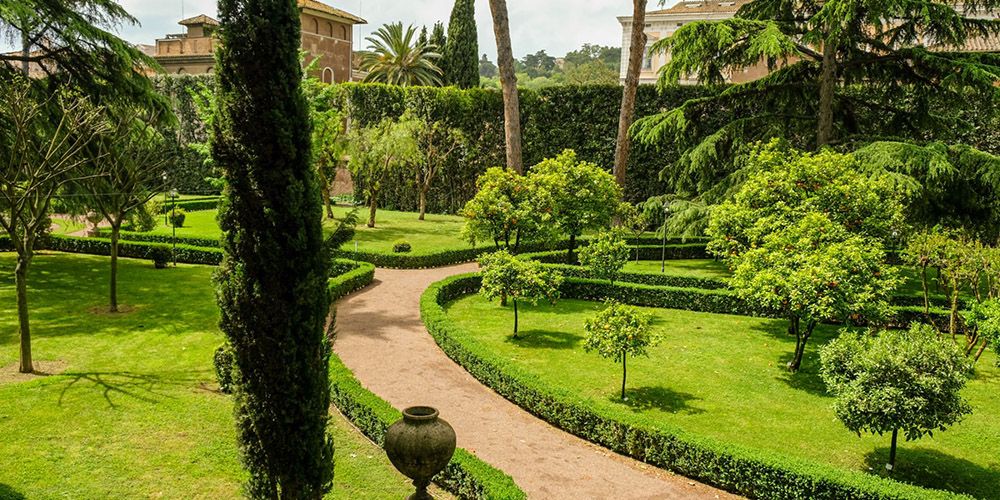
2. Hidden corners: The ghetto and the turtle fountain
Let's now move to one of the oldest neighborhoods of the capital: the Roman ghetto, not far from Piazza Venezia, where you often see the large tourist pullman that stop to see the Vittoriano, in the narrow streets behind this grandiose monument the ancient Jewish quarter is hidden. We will let you discover this corner of Rome for more than one reason.
Here time has remained still and even the culinary specialties have remained intact over the years, in the typical trattorias of this area you can taste the famous carciofo alla Giudia, a delicious fried artichoke and delight your palate with the ricotta and sour cherry tart. The first reason therefore lies in the delicacies of the local cuisine. From the Portico of Ottavia, venture along Via di Sant’Ambrogio, a narrow, somewhat convoluted street where you will see artist workshops and unusual shops. At the end of the street you will come across the magnificent Fountain of the Turtles. The fountain is by Giacomo della Porta, but the turtles were added by Gian Lorenzo Bernini. We are in Piazza Mattei, a small square that hides various jewels around it.
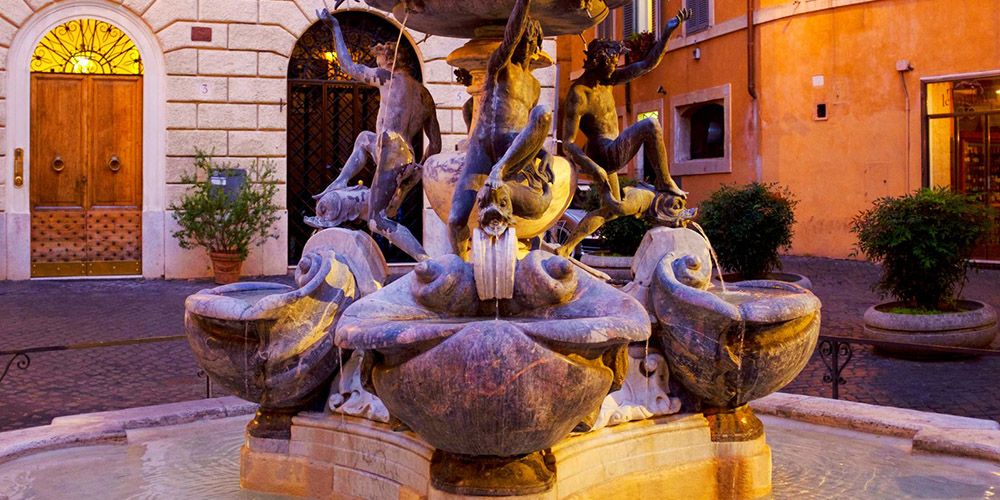
1. Unusual Rome: The Non-Catholic Cemetery
Here we are at the last stop on our journey in search of the hidden gems of Rome. This last one is a rare pearl as rare are the tourists who get there, we are talking about the non-Catholic and monumental cemetery that stands at the foot of the Cestia pyramid. To get there you can stop at the Piramide metro station and from there reach the place on foot in a few minutes, the entrance is exactly in Via Carlo Cestio. Inside you will find a large garden and the tombs of some important figures, such as the poets Keats and Shelly and the tomb of Gramsci.
This place is also interesting because of its location, we are next to the Testaccio neighborhood, full of trattorias and bars and also close to the Porto Fluviale neighborhood, which in recent years has become a trendy place because of its clubs and the many murals that can be seen on the buildings. Upon your return home, after our Rome travel tips, you will certainly feel a little less like a mass tourist and a little more like a careful traveler.
